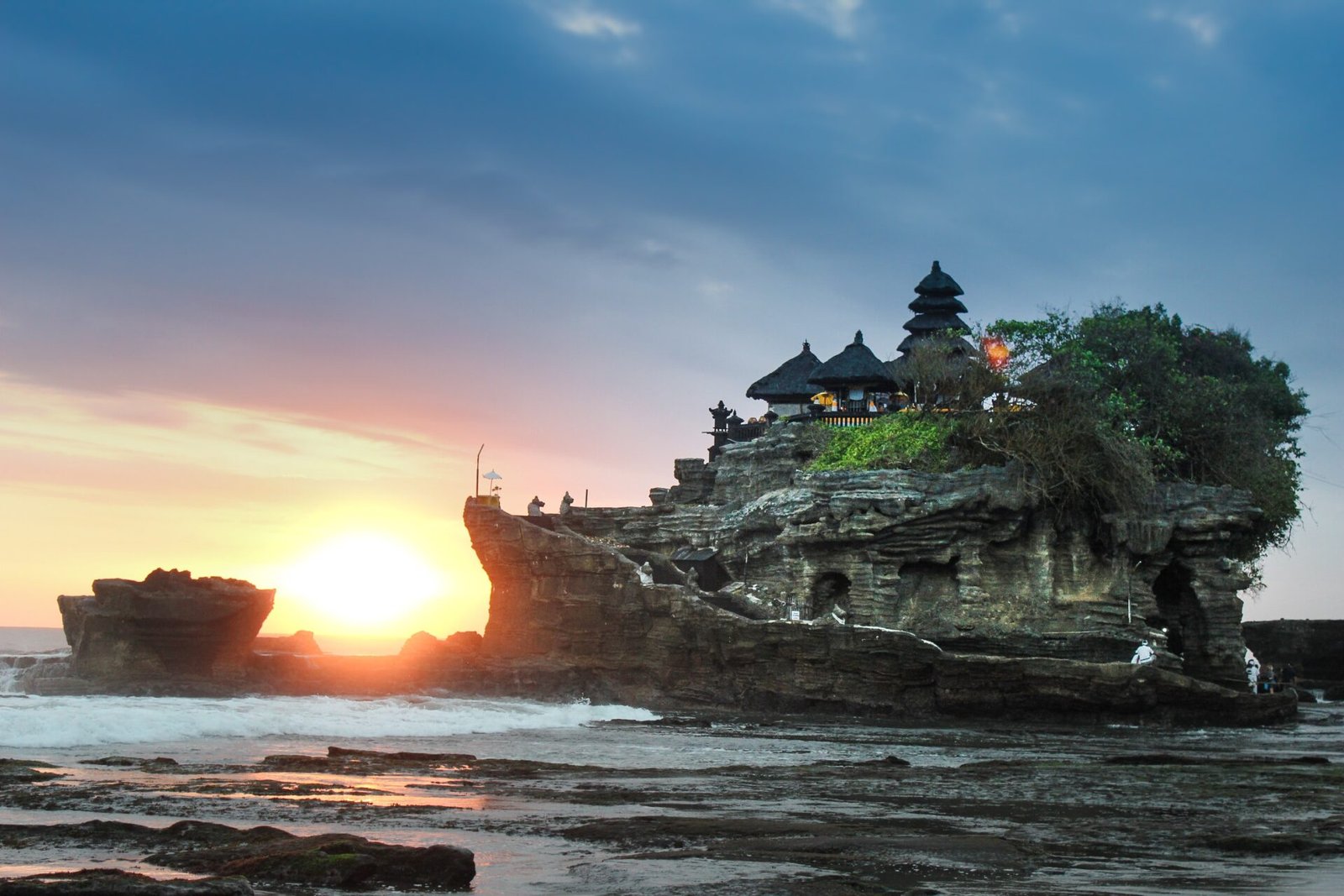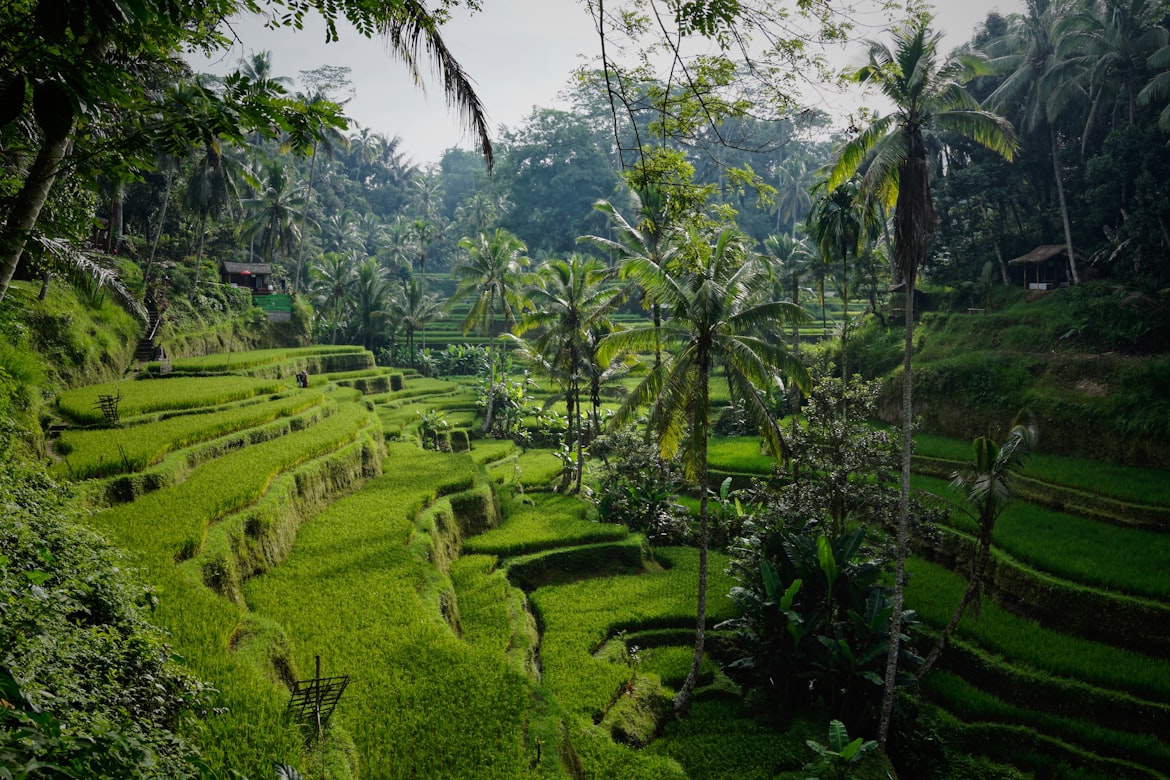Indonesia is a country located in Southeast Asia. It consists of more than 17,000 islands, making it the largest archipelago in the world. Indonesia has a population of over 261 million people, making it the fourth most populous country in the world. The country has a rich culture and history and is home to many different ethnic groups. Indonesia is also a major tourist destination, with millions of visitors each year. The country is known for its beautiful beaches, stunning temples, and varied wildlife. Indonesia is a fascinating country with much to offer visitors and residents alike.
Indonesia is a country of vast cultural and natural wonders. From the bustling streets of Jakarta to the stunning temples of Bali, there is something for everyone to enjoy. Visitors can explore the country’s rich history and culture by visiting ancient sites such as Borobudur or Prambanan, or by taking part in traditional activities such as wayang kulit shadow puppetry. For those looking to experience the great outdoors, Indonesia offers an array of options, from trekking through national parks to diving in world-class reefs.
The best time of year to visit Indonesia
If you’re interested in exploring the country’s rich history and diverse culture, the best time to visit Indonesia is during the dry season, from April to October. During this time, weather conditions are ideal for touring ancient temples, visiting traditional villages, and exploring the country’s many national parks.
If you’re more interested in soaking up the sun and enjoying Indonesia’s world-famous beaches, the best time to visit is during the wet season, from November to March. Although rain showers are common during this time of year, they generally don’t last long and often occur in the late afternoon or evening. As a result, you can still enjoy plenty of sunny days at the beach.




The best month to go to Bali
The best time to visit Bali depends on your preferences. For those looking to enjoy the beach, the best months are April to October when the weather is sunny and dry. April and May offer the best surfing conditions, while June to September provide calm seas ideal for swimming and snorkeling.
October is also a good time to visit if you want to avoid the crowds as it is outside of the peak tourist season. For those wanting to explore Bali’s natural beauty, the best time to go is between February and March when the rains have cleared and the air is fresh. This is also an excellent time for birdwatching as many migratory birds can be seen during this period. Regardless of when you choose to go, Bali is sure to provide an unforgettable experience.
When you should not go to Bali
Although Bali is a popular destination for tourists, there are certain times when it is best to avoid visiting the island. The rainy season can cause flooding and landslides. If you are planning to visit Bali during this time, it is important to check the weather forecast in advance and be prepared for delays and disruptions.
In addition, the months of June and July see an influx of Australian tourists fleeing the winter cold. As a result, prices for accommodation and activities tend to be higher than usual. If you are looking to avoid the crowds and save money, it is best to visit Bali outside of these peak months.
The rainy season in Bali
The rainy season in Bali runs from October to March, with the heaviest rains typically falling between December and February. While the wet weather can be a nuisance for tourists attempting to enjoy the island’s beaches and resorts, it is essential for farmers who rely on the rains to water their crops. Rice is the most important crop in Bali, and the rains play a crucial role in ensuring a good harvest. Furthermore, the rains help to replenish groundwater levels and maintain the island’s lush tropical vegetation. While the wet weather can be a hassle, it is an essential part of life in Bali.

The weather in Indonesia
Indonesia is a tropical country which means it has a warm climate all year round, with average temperatures ranging from 22 to 32 degrees Celsius. The country experiences two main seasons: the wet season and the dry season. The wet season occurs from October to April, while the dry season takes place from May to September.
During the wet season, rainfall is heavy and widespread, leading to floods and landslides in some areas. The dry season is generally more pleasant, with sunny days and low humidity levels. However, wildfires are also common during this time of year. Overall, Indonesia’s weather is variable but typically warm and humid.
The hottest month in Indonesia
The hottest month in Indonesia is October when average temperatures range from 27-31 degrees Celsius. However, there can be significant variation among different regions of the country. For example, the resort island of Bali generally has cooler temperatures than other parts of Indonesia due to its location near the equator. As a result, visitors should be prepared for different weather conditions depending on where they travel within the country.
Because of its location, Indonesia experiences warm weather all year round. However, that doesn’t mean that the country doesn’t have weather seasons. The country experiences two main seasons: the wet season and the dry season. During the wet season, rainfall is common and flooding can occur in some areas. The dry season is generally drier and cooler, although temperatures can still reach over 100 degrees Fahrenheit in some parts of the country. As a result, Indonesia does experience distinct weather seasons, despite its tropical location.
Some parts of Indonesia do experience colder temperatures, particularly in the highlands. For example, Mount Bromo in East Java has an average temperature of just 10 degrees Celsius. In addition, the temperature can drop even lower at night, so visitors to Mount Bromo should be prepared for cold weather. Indonesia also has several glaciers, such as those found on Mount Rinjani and Mount Tambora. These glaciers are very cold all year round, with temperatures that can dip below zero. As a result, Indonesia is a country with a wide range of temperatures, from hot and humid to cool and icy.


